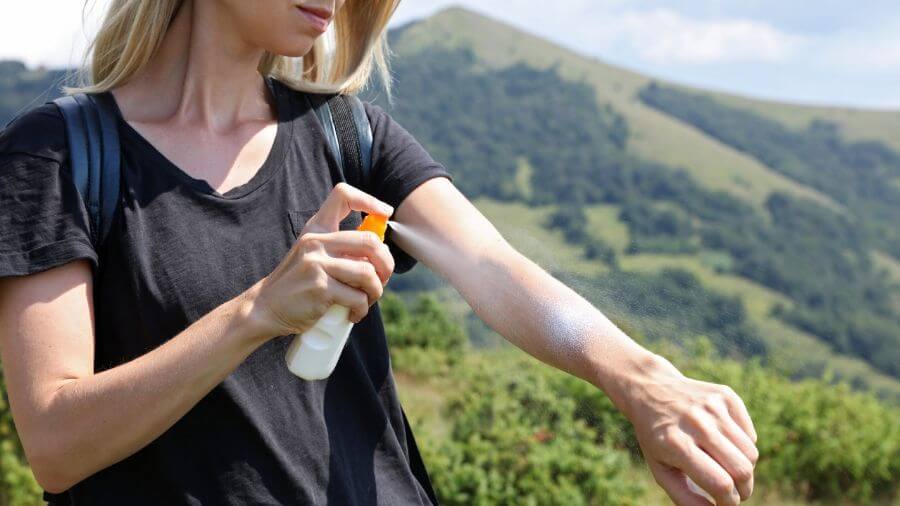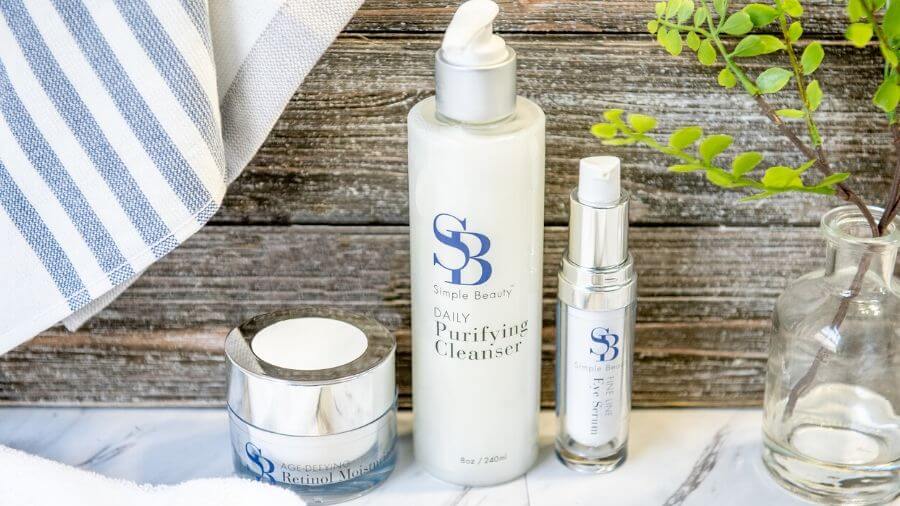Here’s something that’ll blow your mind. Sunscreen doesn’t actually provide a screen between your body and the sun. If that’s not shocking enough how about this–you might not be applying sunscreen correctly. Want more? Are you using the sunscreen that’s right for you?
Sunscreen is the holy grail of skincare products because your body needs it to stay healthy and look youthful. It’s just that simple. The problem is sunscreen is considered such a no-brainer that most people don’t fully understand how it works and how to use it to maximize the benefits.
Let’s dive deep and give you all you need to know to be a sunscreen superstar.
How sunscreen works
There are typically two main active ingredients in all sunscreens. One ingredient has the job of reflecting the sun’s rays, and the other one works on absorbing the rays and transferring ultraviolet radiation into heat. Sunblock is the result, and it’s what creates that shield that protects your skin from most rays.
Are you someone who hits the beach and then applies sunscreen as soon as you’ve staked out your spot? If so, you’re too late.
Sure, you got the spot you wanted, but your skin is vulnerable to the sun for about a half an hour after you apply the sunscreen. Wait? Why is your skin not protected immediately? There are a couple of reasons why sunscreens can take a while to be effective:
♦ They need to coalesce and form a “film” on the body to shield you from the sun
♦ Waterproof ingredients also need to come together to form a barrier
How to pick the right sunscreen
Most people pick a sunscreen based on the application method because it’s convenient, but there is more to consider.
The demystification of SPF is interesting but not necessary. Just remember you need to pick a sunscreen that’s an SPF 30 or more.
♦ SPF 15 blocks about 93% of UVB rays
♦ SPF 30 blocks about 97% of UVB rays
♦ SPF 50 blocks about 98% of UVB rays
♦ SPF 100 blocks about 99% of UVB rays
What about UVA rays? Yes, they’re also dangerous. This is why you need to make sure you’re selecting a broad spectrum sunscreen. These protect you from both UVA and UVB rays.

The application method is more subjective, but there are some important facts to know that may help guide your selection process.
♦ Emulsions mix active ingredients with water and oil to create the familiar lotion. It’s inexpensive, easy to apply, and typically non-greasy. The downside is they can become contaminated.
♦ Oils spread easier but are thinner, so there can be less coverage. It is possible that the oil will interfere with the UV absorbing agent.
♦ Waxy sticks are really good for your face and a quick touch up, but they’re harder to apply to your entire body. They also tend to be really waterproof, which is great, but it can leave you feeling greasy.
♦ Powders are often found in makeup that includes SPF protection. They’re terrific for touch up applications, but not something you should solely rely upon because they don’t form a good barrier.
Your best bet is to keep a little of all sunscreen types on hand and use different ones for different situations. Combining sunscreens is even better.
How to apply sunscreen
Of course, the application method you choose will determine how you apply your sunscreen, but there are some key points to remember.
♦ If you’re using an emulsion or oil, you want to apply about an ounce of sunscreen on your body. You want to apply an additional tablespoon amount to your face. Rub your sunscreen until it seems to have absorbed.
♦ If you prefer to use a spray sunscreen, the trick is to keep spraying until the target area has an oily shine all over, then rub it in.
♦ To best protect your face, try dotting the sunscreen directly rather than putting it in your hands first.
♦ If you go in the water or you’re going to sweat a lot, use waterproof sunscreen. Check to see if your waterproof sunscreen is designed to last 40 or 80 minutes, then reapply as needed.
♦ If you’re not going in the water, your sunscreen lasts about two hours, and then it’s time to reapply.
If you want to know more about applying sunscreen, the American Academy of Dermatology’s video is useful.

Sunscreen and makeup
Let’s be totally honest, you want to do right by your skin and use sunscreen, but once you apply your makeup for the day, there’s no way you’re going to slap sunscreen over the top of it every two hours. These tips can help you keep your face all day and protect it from the aging effects of the sun at the same time.
♦ Start with a good sunscreen on your entire face as opposed to just the center.
♦ If you need extra moisture, use a moisturizer with an SPF rating.
♦ On light makeup days or when you’re going for a natural look, skip the foundation and use a tinted sunscreen.
♦ Find a powder sunscreen that you can use to tap on for touchups or as a finishing powder.
♦ Invest in a quality setting spray with sunscreen.
♦ Use both the powder sunscreen and the setting spray together for midday touchups.
♦ Try using a cream compact sunscreen foundation for a touch up that adds protection and makes you look freshly made up.
Prime Your Skin With the Simple Beauty Trio
A great skincare regimen can provide a perfect primer for protection and long term care.
The Simple Beauty Trio is a complete skin regimen clinically-proven to provide long-lasting hydration to help to even complexion and restore your youthful glow.
The trio includes three essential products with naturally-derived ingredients to cleanse, combat wrinkles, and moisturize while stimulating youth-enhancing collagen production. Adding this to your before and after sun skincare routine is an easy and straight-forward approach to skin protection that will give you phenomenal skin you can be proud of–at any age.

To put it simply
Sunscreen is important. It’s probably the most important part of your beauty regimen because it not only helps you look amazing, it keeps you looking youthful. Most importantly, it can protect you from sun damage and possibly even cancer.
All of that should be reason enough to prioritize the SPF, yet too many people skip it entirely, or they do it wrong. If you’re serious about skin health, it’s time to get serious about using as much SPF as you can and doing it correctly, so you get all-day coverage.
When you’re using the right amount of sunscreen and reapplying as recommended, you are automatically fighting environmental aging. The younger you are when you start being serious about UV protection, the younger you’ll look as you age.
